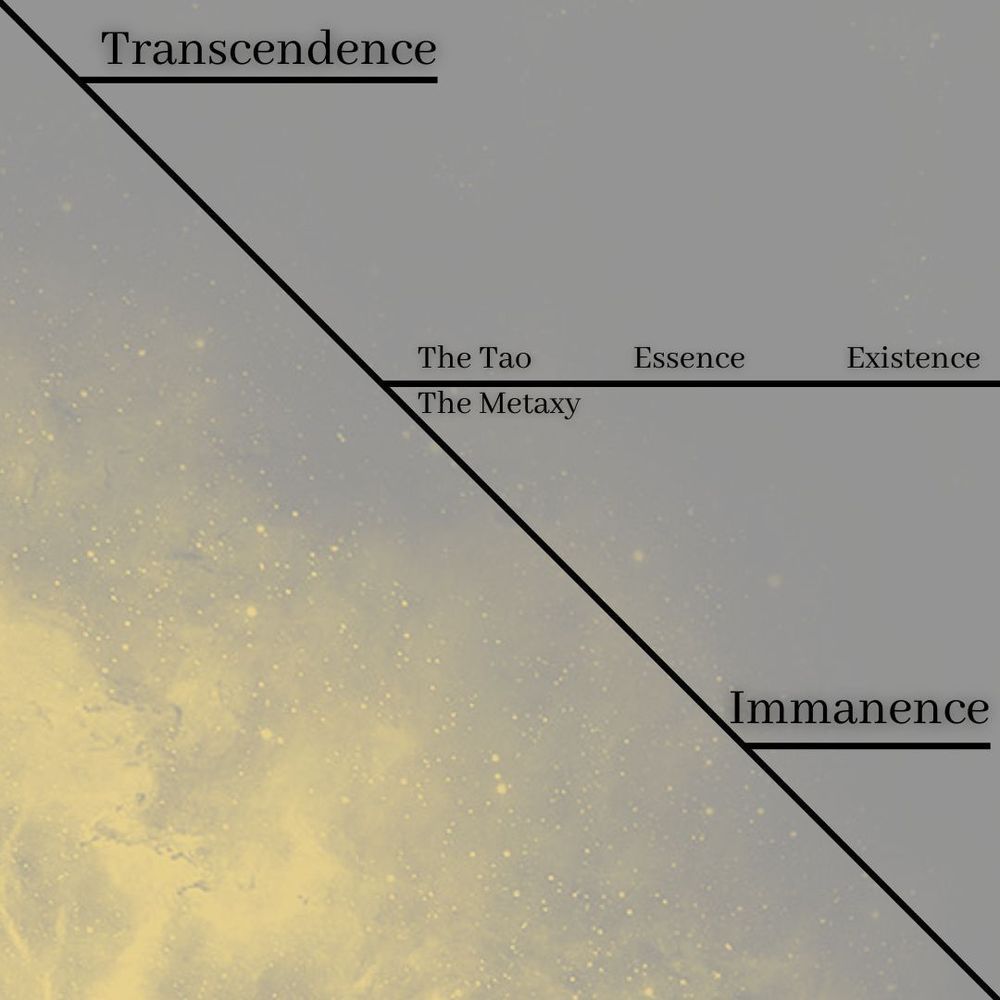In the early 1990s, two Russian artists named Vitaly Komar and Alexander Melamid took the unusual step of hiring a market research firm. Their brief was simple. Understand what Americans desire most in a work of art.
Over 11 days the researchers at Marttila & Kiley Inc. asked 1,001 US citizens a series of survey questions.
What’s your favourite colour? Do you prefer sharp angles or soft curves? Do you like smooth canvases or thick brushstrokes? Would you rather figures that are nude or clothed? Should they be at leisure or working? Indoors or outside? In what kind of landscape?
Komar and Melamid then set about painting a piece that reflected the results. The pair repeated this process in a number of countries including Russia, China, France and Kenya.
Each piece in the series, titled “People’s Choice”, was intended to be a unique a collaboration with the people of a different country and culture.
But it didn’t quite go to plan.
Describing the work in his book Playing to the Gallery, the artist Grayson Perry said:
“In nearly every country all people really wanted was a landscape with a few figures around, animals in the foreground, mainly blue.”
Despite soliciting the opinions of over 11,000 people, from 11 different countries, each of the paintings looked almost exactly the same.
After completing the work, Komar quipped:
“We have been travelling to different countries, engaging in dull negotiations with representatives of polling companies, raising money for further polls, receiving more or less the same results, and painting more or less the same blue landscapes. Looking for freedom, we found slavery.”
This, however, was the point. The art was not the paintings themselves, but the comment they made. We like to think that we are individuals, but we are much more alike that we wish to admit.
30 years after People’s Choice, it seems the landscapes which Komar and Melamid painted have become the landscapes in which we live.
This article argues that from film to fashion and architecture to advertising, creative fields have become dominated and defined by convention and cliché. Distinctiveness has died. In every field we look at, we find that everything looks the same.
Welcome to the age of average.
Let’s dive in.
Interiors all look the same
In 2011, Laurel Schwulst was planning to redecorate her New York apartment when she began searching the internet for interior design inspiration.
Before long, the designer had stumbled on the perfect research tool: AirBnB. From the comfort of her home the app gave her a window into thousands of others. She could travel the world, and view hundreds of rooms, without leaving her chair.
Schwulst began sharing images to her Tumblr, “Modern Life Space”. The blog became an ever-expanding gallery of interior design inspiration. But something wasn’t right.
“The Airbnb experience is supposed to be about real people and authenticity. But so many of them were similar, whether in Brooklyn, Osaka, Rio de Janeiro, Seoul, or Santiago.”
Schwulst had identified an AirBnB design aesthetic that had organically emerged and was quickly spreading through the platform’s properties. White walls. Raw wood. Nespresso machines. Eames chairs. Bare brick. Open shelving. Edison bulbs. The style combines the rough-hewn rawness of industrialism with the elegant minimalism of mid-century design.










